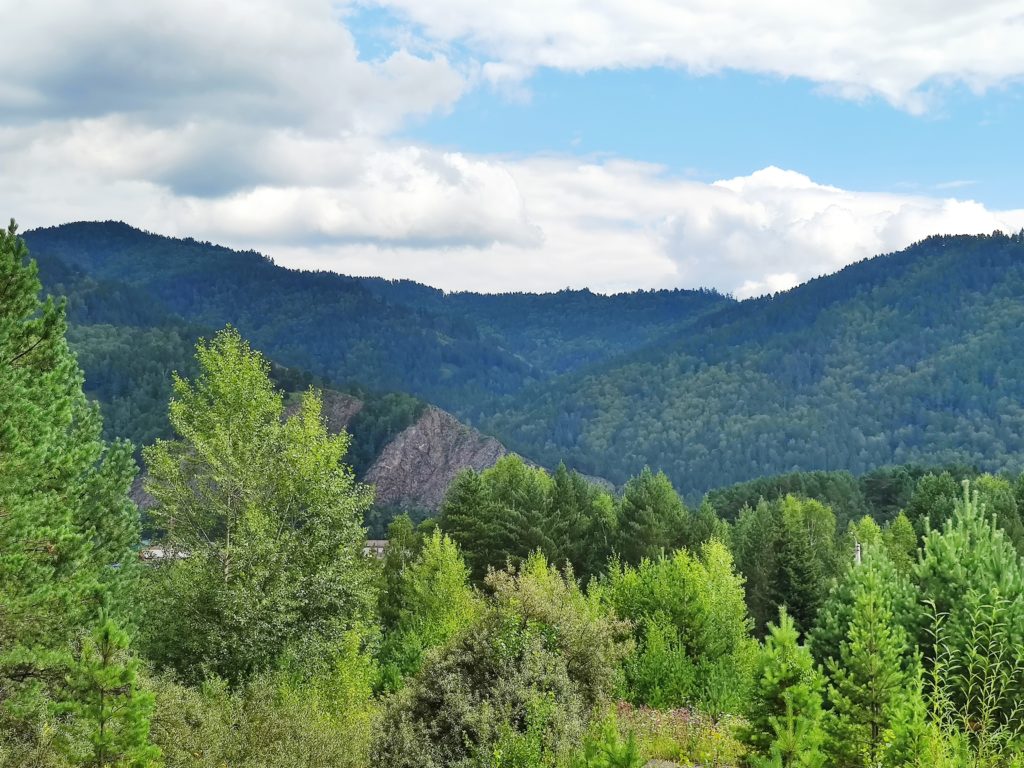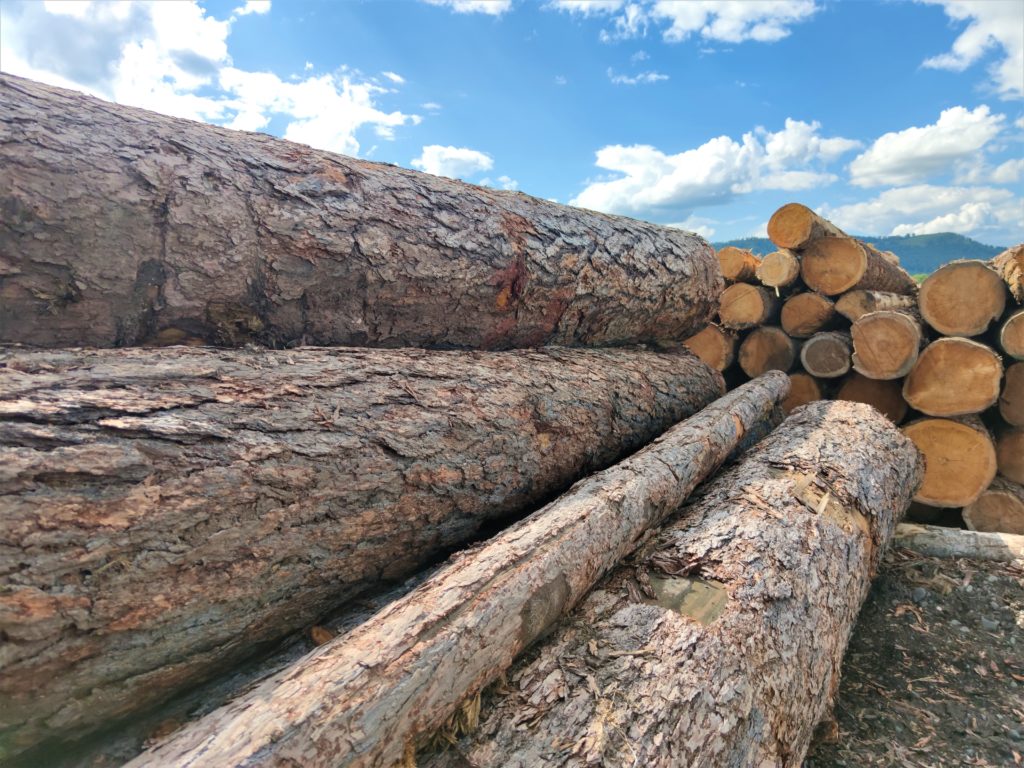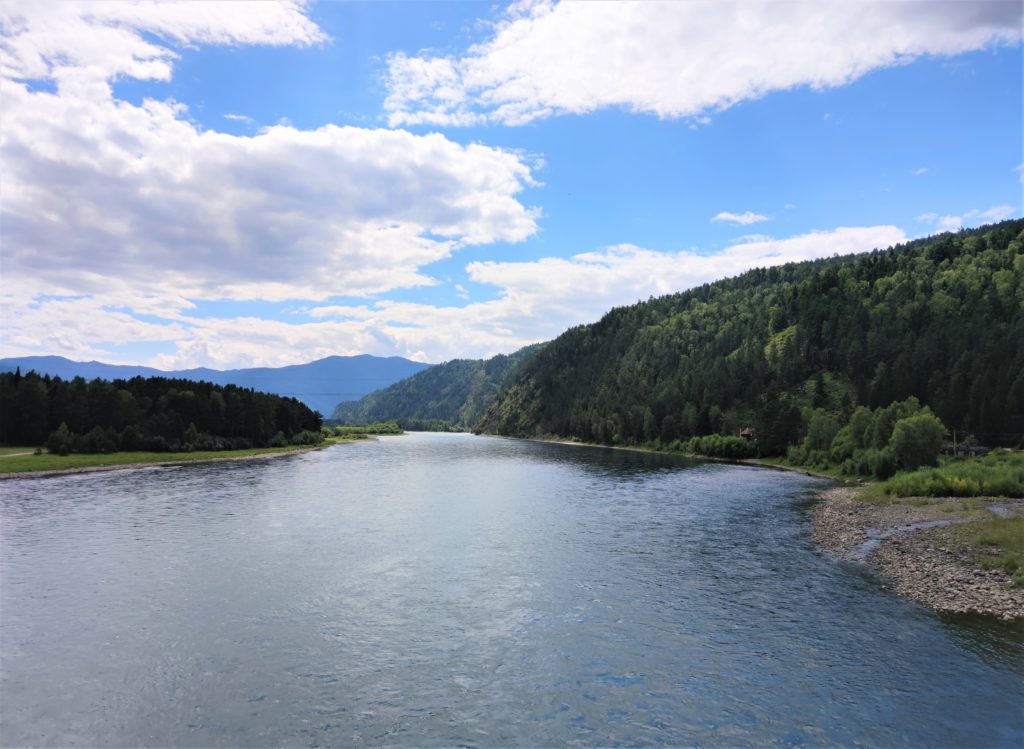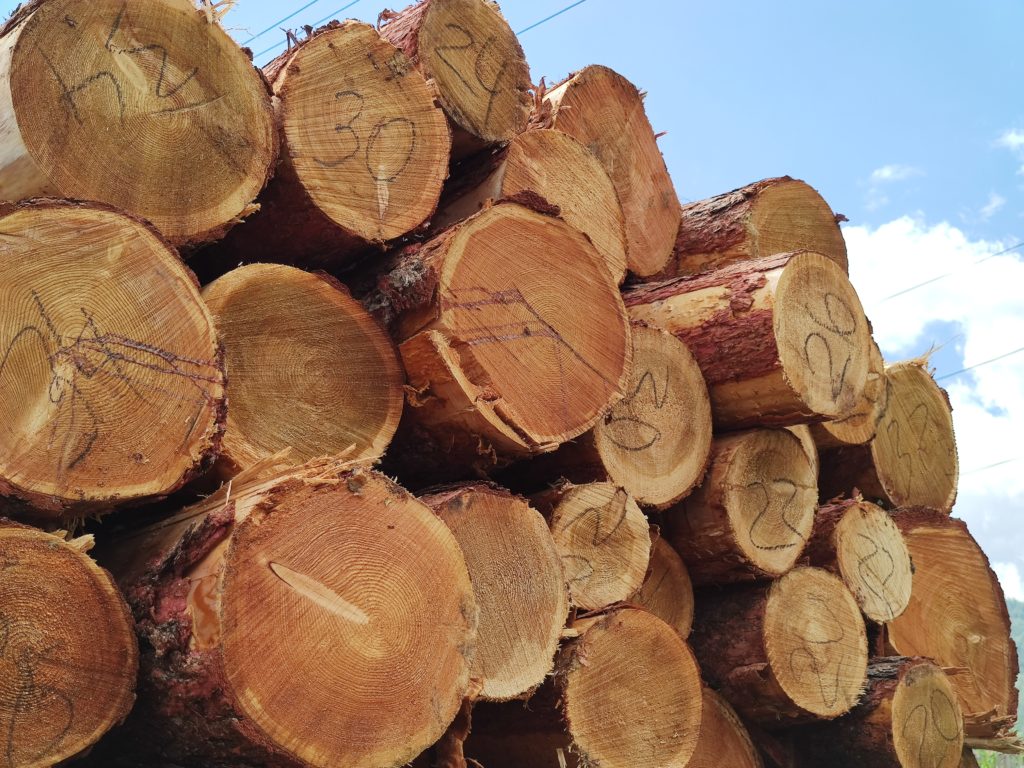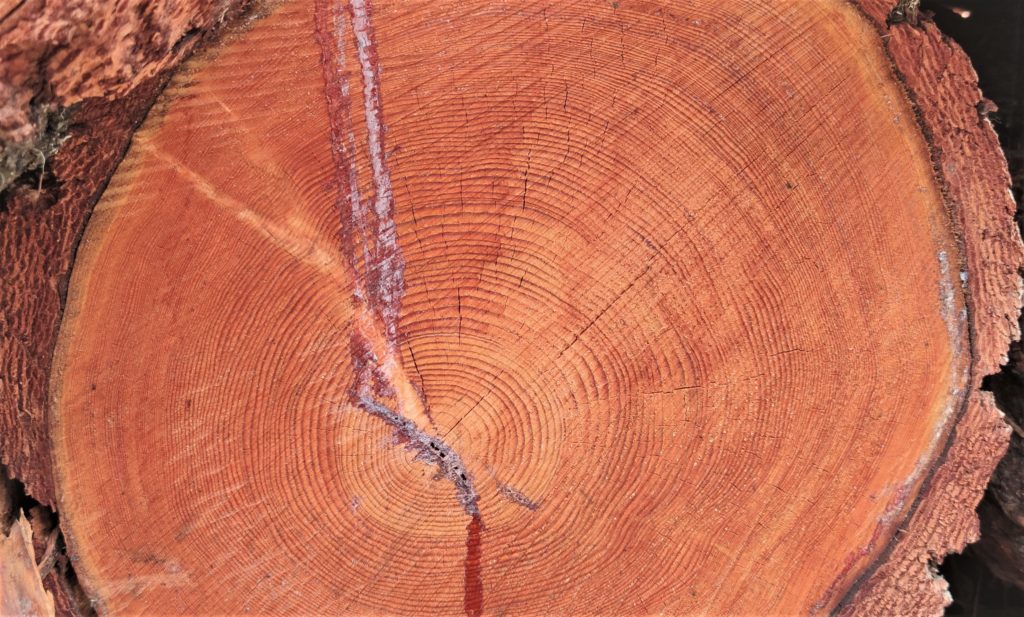Project Details
The most common wooden building material in Scandinavia and Europe is spruce and pine. This is because of these types of trees are most common and therefor are relatively cheap. The use of spruce products is intended mainly for interior decoration. There is no environmental impact, so the service life is unlimited. A completely different story when it comes to exterior design. It is better to use more durable materials here, especially when it comes to terrace and deck boards, or dowels. The most suitable option here is Siberian larch.
Let’s take a look on differences between larch over spruce.
1. The density of larch is three times higher than the density of spruce! It is 1 kg / dm3. Freshly cut larch drowns in water! This explains its exceptional density. Press a nail against the smooth surface of both materials. On soft spruce there will be a trace but not on larch.
2. Larch has a unique and pronounced pattern of tree rings formed as a result of pruning, which you can’t find in pine.
3. The density and high content of natural antiseptics, such as gum and resin are up to 22% in larch and only 4.6% in spruce. This allows larch to successfully resist mold and mildew.
4. Even when it comes to interaction with water, larch does not decompose, and only becomes harder, in fact, becomes stony. Raw spruce rots after 2-3 years, the processed spruce will last longer, but in any case can’t compare with larch.
5. Larch has a lower coefficient of thermal conductivity which means that it retains heat better.
Conclusions: spruce is practical and affordable but larch will last for centuries!

